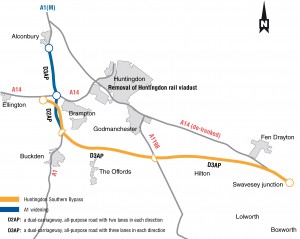
Rapid growth in electric vehicle could spell trouble for the Treasury, as fuel duty payments could plummet.
Here’s an interesting snippet of information about tax and spending.
Between 2015 and 2016, the UK’s central and devolved governments and local authorities spent around £4.7 billion on road maintenance.
How was this paid for? According to trade body the Freight Transport Association (FTA), one way of looking road funding is that HGV operators contributed most of this cash, as they paid a total of £4.4bn in vehicle-related taxes over the same period.
That’s three times more than the estimated £1.5bn of infrastructure damage HGVs are thought to have caused over the same period.
You might wonder how much the rest of us pay in motor vehicle-related taxes. The answer is that the total UK tax take from motor vehicles during that period was £33.5bn. That’s more than seven times the total road maintenance budget.
Is this for real?
I should point out a couple pf things. The first is that the figures I’ve quoted above include not only vehicle excise duty (road tax) and the HGV road user levy, but also fuel duty.
Another point is that maintenance isn’t the only cost the government must bear. New roads and substantial upgrades cost many billions more. I assume this spending falls outside the scope of the maintenance budget.
Finally, I’d argue that fuel duty isn’t only intended to fund the road transport infrastructure. It’s a tax on pollution and energy consumption, and also an incentive to reduce fuel usage.
Not everyone will agree with this view. But it does seem very likely that the taxes provide by motorists make a contribution to the national budget which stretches far beyond road building and maintenance.
One thing I would point out is that if electric cars and vans do start to gain a significant market share, then be prepared for a new type of tax for these vehicles. They may be tax-favoured at the moment, but there’s no way — in my opinion — that the Treasury could afford to lose a significant chunk of fuel duty if we all start to drive electric.


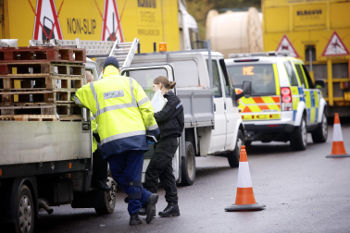
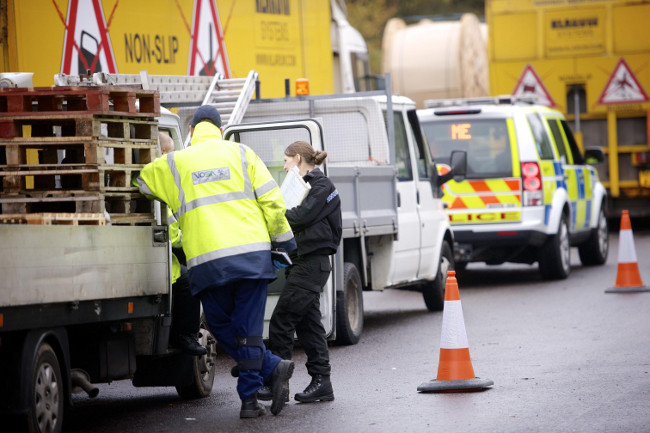
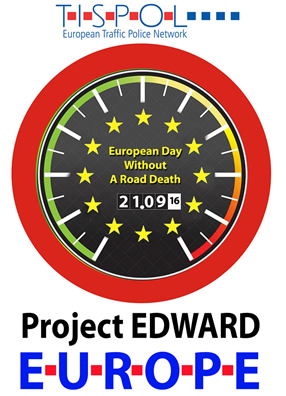
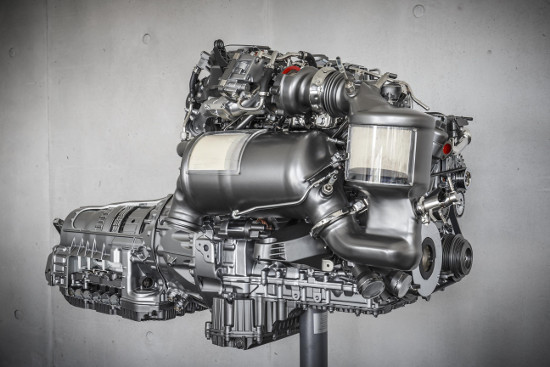



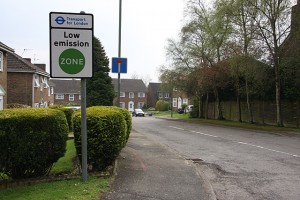

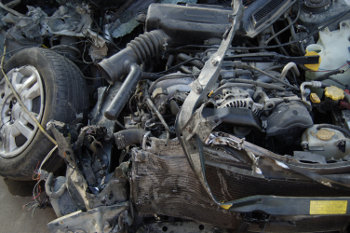 Fifty years ago, the government launched the UK’s first ever anti-drink drive campaign.
Fifty years ago, the government launched the UK’s first ever anti-drink drive campaign.